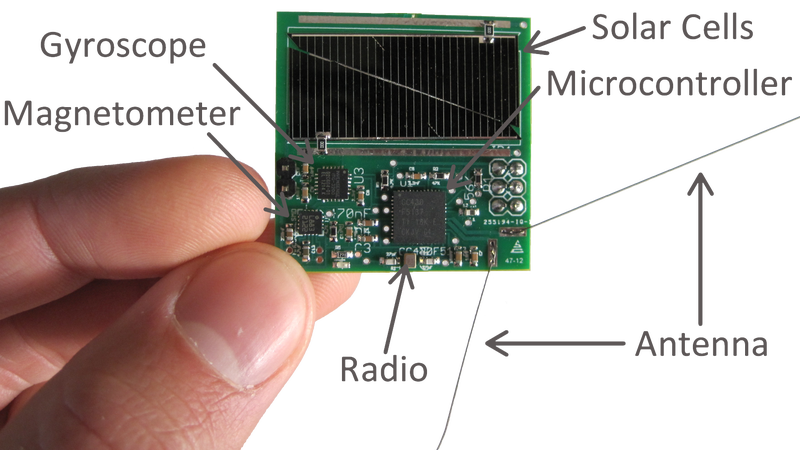Just last year, alien search project Breakthrough Initiatives declared an aspiring plan to send tons of minute spacecraft to our nearby neighboring star system, Alpha Centauri.
The mission, called Breakthrough Starshot, is concentrated on launching lightweight ‘nanocraft’ to the stars at rip-roaring speeds. Lately, the mission took a giant leap toward accomplishing its crucial goal by effectively sending six test craft into Low Earth Orbit.
/cdn.vox-cdn.com/uploads/chorus_image/image/54439699/Voyager_The_Farthest_2.0.jpg)
The small spacecraft, called “Sprites,” is just 3.5 centimeters on each side and weigh about only four grams. Aerospace engineer Zac Manchester, who is leading the design on the Sprites, has been working on them for the last 10 years.
Manchester said:
“What we’ve set out to do from the beginning is push the size limits of spacecraft. The question was how small can we make a satellite and still make it do something useful. One of the challenges is how can you get enough power, and given the tiny power you can harvest, how do you communicate back to Earth?”

Manchester and his companion researchers are confident that ultimately, mini spacecraft alike to the Sprites—called StarChips—will be able to travel at 20% the speed of light, which is almost 37,000 miles per second. It would take a spacecraft moving at this speed less than seven seconds to reach the Moon from Earth, according to Sky and Telescope.
Those are speeds and distances have never been achieved before. Presently, the furthermost spacecraft ever fabricated is NASA’s Voyager 1, which was launched in 1977, and only just reached Interstellar space a few years back.
For now, the Sprites are travelling in Low Earth Orbit. They were launched on June 23rd on an Indian rocket called the Polar Satellite Launch Vehicle (PSLV). Breakthrough Starshot expects that a second satellite will be launched more soon.
Understandably, much more work is needed to be done before we get our hopes up about an interstellar journey. But for astrobiology geeks and tinfoil hat followers alike, the Sprites’ effective launch could be a significant step toward finding life beyond Earth.
Manchester said:
“The distances are immense and it’s a big challenge. We’re a long way out to the eventual goals [of Breakthrough Starshot], but we’re setting the early precedent here.”
